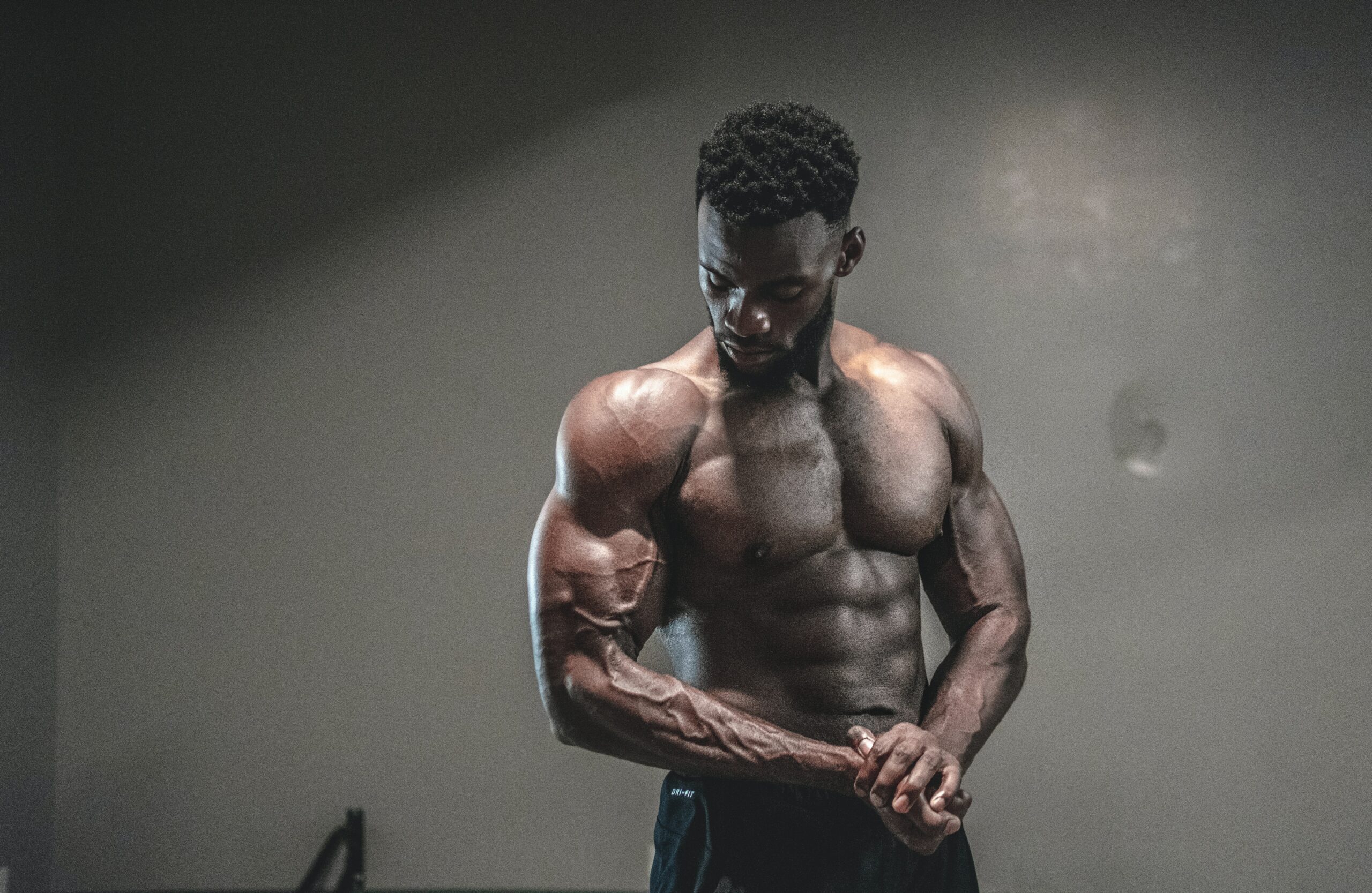There are three, or four, stages to osteoarthritis: stage one, which is painful, stage two, which is very painful, and stage three, which is excruciatingly painful. These stages are classified as minor, moderate and severe. But since any form of osteoarthritis is never minor to its victim, some medical intervention has renamed these: early, moderate and advanced (stages). What osteoarthritis is though is the progressive wearing away of the cartilage between bone joints, that cushions the bones from rubbing up against each other. When this protective cartilage is eroded, the adjacent bones gradually lay bare, grinding each other and disturbing the homeostasis of bone structure, tendons, synovial fluid and synovial membrane surrounding the joints. But why so — that is the question this article is putting to task. And how to fix this will become that goal at the end of the journey!
Though it might now be common belief, osteoarthritis has nothing to do with the natural wear and tear from aging or from being overweight. What osteoarthritis really is though is a natural wear and tear from putting the wrong kinds of food and chemicals in the body! To prove this, osteoarthritis is almost never observed in wild animals. Even elderly elephants in the wild do not get this condition. But when these animals are domesticated — suddenly, there is a dramatic rise in osteoarthritis for them. This must mean that osteoarthritis — sometimes we’ll refer to as OA — is common among zoo elephants and other zoo animals. It must also mean that the most domesticated animals — cats and dogs — do also suffer from this condition. The answers to these are all yeses. But why so? It is because domesticated animals are force-fed the same unnatural foods and drink their human counterparts are also eating.
To be clear, osteoarthritis, arthritis and rheumatoid arthritis are all different things. When we think of osteoarthritis, we think of the wearing away of cartilage between bones, and the stiffness that accompanies it. When we think of arthritis, we usually think of a blanket term for pain or inflammation between the joints for any reason — even gout reason. When we think of rheumatoid arthritis, we think of a disruption of the synovial membrane and synovial fluid that lubricates the joints. Osteoarthritis usually occurs on one side of the body, whereas rheumatoid arthritis is symmetric — i.e., it usually simultaneously affects both sides of the body equally. If the damage is severe enough, then osteoarthritis can lead to symptoms of rheumatoid arthritis.
But what are these unnatural foods and chemicals that would cause this condition? The era of the care placed by mom and pop shops, like small family farms, has faded away as the populations increased. The consequences of this is that big business now uses the quickest, cheapest and most profitable methods — for themselves — to secure that the population is being satisfied (and cheated) with timely demand and supply. So now we have toxic glyphosate being spayed on crops to destroy weeds. Now we have GMO foods, like corn, soy, beets and alfalfa. Now we have high-fructose corn syrup, citric acid made from black mold and ascorbic acid being disguised as vitamin C. Now we have commercial farm animals being pumped with hormones and antibiotics. We now have fluoride and chloride being added to public water. We now have estrogen, poisonous lead and pharmaceutical waste products leached into these public waters. We now have synthetic iron being added to wheat flour, a major cause of gluten sensitivity. We now have carrageenan being added to ice-cream, synthetic food coloring and synthetic B vitamins and other synthetics being added to the market disguised as good things. We also have homogenized A1 milk from black & white cows, causing congestion and maybe even high blood sugar. We also have rancid and destructive oils being so-called “vegetable oils”, destroying people’s digestive system. And slowly, these are all the things that are leading to the steady build-up of what this article is all about: that dreaded rise of osteoarthritis!
To be even more clear, there are two categories of OA: primary and secondary. Primary officially by science is of unknown cause. Secondary is said to be caused by some other disease, injury or deformity. In this article, there is indeed a known cause for all types of OA!
As previously mentioned, animals in the wild, eating what is natural for them, and surrounded by their natural environment — we hardly ever see osteoarthritis in them. One reason for this, is because wild animals naturally produce vitamin C — something we humans have long ago lost the ability to do. However, when these animals are domesticated, their ability to produce this vitamin is greatly reduced — they become like us. Consequently, natural vitamin C — one of the most potent substance to prevent or reverse osteoarthritis — needs to be added to our diet!
We must understand that modern society is a stressful environment to the human spirit — and also to that of the cartilage between bone joints. When we are stressed, this increases acidity throughout the body, and especially throughout the joints, that collects it like pond scum. This acidity is what it sounds like: acid eating our internal tissues away! There are three types of noteworthy cartilage in the body: elastic (constituting the shape of the ears and nose), hyaline (which is very smooth and translucent) and fibrocartilage (which contains rough fibrous bundles). The cartilage we are concerned about in this article is the hyaline type, found between bone joints. This is further subset as articular cartilage because, it covers articulating surfaces. This is the cartilage that is nourished by the ultra-filtrated blood liquid, known as synovial fluid, that nourishes both the internal environment of the joints and the cartilage itself. If the synovial fluid is toxic because of toxic blood, then this toxicity is spelled a.c.i.d.i.t.y to cartilage. This is why it is so important to be nourishing the blood properly to prevent this acidic cascade from happening.
There are natural ways to reduce pain from osteoarthritis and in actually building back cartilage that has been lost. These natural ways do not include NSAIDs, Tylenol or any other synthetic drugs. In fact, while these drugs are taking away the pain or inflammation, they are actually destroying cartilage and bone structure even more. In extreme cases, some have opted for surgery, to deal with the debilitating effects of cartilage loss and bone spurs that has developed.
Of the best natural products to reverse the course of OA is a patented pine bark extract called pycnogenol. Pycnogenol in an amazing way is able to recycle bioavailable vitamin C — the same vitamin C that reduces both mental and physical stress, and that helps build back cartilage. In fact, one double-blind, placebo study found pycnogenol effective by 56 percent in reducing symptoms of OA!
Along with pycnogenol is another great herb-berry: amla. This berry contains moderate vitamin C, and polyphenols to stabilize that vitamin C. Studies have shown amla to have direct protective effect on cartilage health.
The herb turmeric is also good at fighting OA pain and inflammation. Turmeric helps thin the blood. In fact, a great herb combination would be turmeric and ginger mixed with coconut oil. These all increase each other’s bioavailability.
Silica is needed to repair damages caused by osteoarthritis. But since this mineral needs stomach acid to be bioavailable to the body, it is best to use a form containing orthosilicic acid, such as that found in bamboo extract or a product called Florasil. Adding a teaspoon of unfiltered apple cider vinegar occasionally, will also increase stomach acid and silica absorbability.
Sulfur will also repair damages done by OA. Sulfur is legendary at removing toxins from cells and joints, and simultaneously adding the nutrients they need. But it must also be in a pure, absorbable form: 99.9% pure, organic, sulfur crystals (MSM).
Boron and magnesium malate taken together will add synergy and biovailability to each other, reducing inflammation and repairing bone and cartilage structure.
You may also add IP-6/inositol to remove toxic iron accumulation from the joints. OA attracts acidity and acidity attracts iron. IP-6 will help break that bond.
Unfortunately, I am not a fan of glucosamine sulfate or chondroitin — popular supplements on the market for OA. Often, popularity of certain things may be a dead-givaway of their potential dangers. Many glucosamine/chondroitin supplements are fake and or full of toxins. My recommendations for osteoarthritis are what I’ve already listed above. You can also use topical bentonite cream or balm of Gilead ointment to alleviate pain caused by OA.


